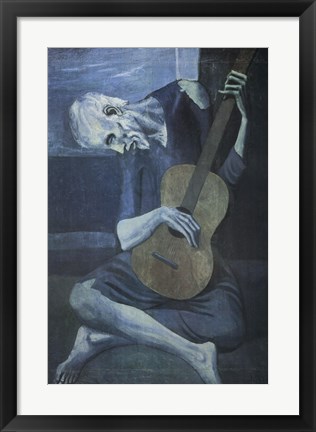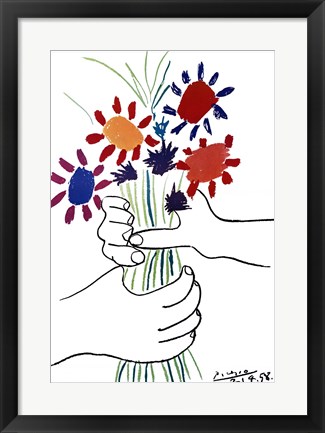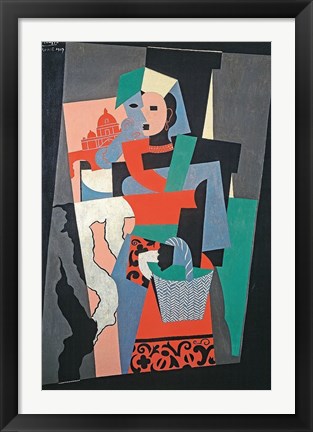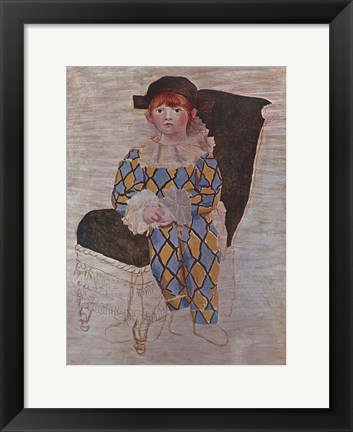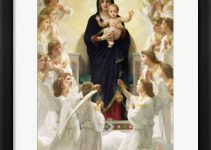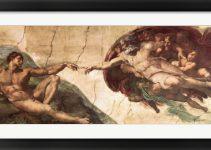This week, we celebrate an artist who contributed an incredible amount of creativity to the art world: Pablo Picasso. Picasso is arguably one of the most famous artists of all time, with widely recognizable art pieces in galleries around the world. (Why not hang one of those pieces in your own home??)
In this post, we’ll talk about the life and art of Pablo Picasso. Happy Birthday!
Pablo Picasso’s Art-Focused Childhood
Everyone in Pablo Picasso’s family was creative. His father was a painter, and young Pablo’s first art teacher. He showed an interest in drawing and painting at a very young age, and he was already formally studying art as early as 11 years old. Pablo Picasso’s father believed him to be an artistic prodigy, and wanted to have the very best instruction available. He also visited Madrid so he could see the artistic works of other Spanish artists.
When his father had to move to Barcelona for a shift in his job, Pablo widened his artistic influences. The culture in Barcelona introduced Picasso to Art Nouveau and Symbolism, and he also met Jaime Sabartes, who stuck with him in his art journey for years.
Picasso continued traveling around Europe to see more works of master artists, and to learn about the diverse art movements of his time. This is when he really developed his own style.
The Many Colors of Pablo Picasso
In the early 1900s, Pablo Picasso’s art was often characterized by a color, and with it, a mood. First came Picasso’s Blue Period, when his pieces were characterized by a blue and grey color palette. These works were also often sad and melancholic in mood. There are a few theories why Pablo’s mood may . have been low, one of them being the suicide of Carlos Casegemas, a friend of his from Barcelona.
But in a few years, the paintings, and presumably, moods, of Picasso began to brighten. The next period of art is often called the Rose Period, because the artist used more reds and pinks in his pieces. In just a few years, however, the colors would darken once again, and gather into solid shapes as Picasso moved toward the artistic movement of Cubism.
Picasso and Cubism and Beyond
Pablo Picasso’s Cubist art is some of his most original and world-renown works of art. Even so, the artist rejected the label of “Cubism,” because he didn’t like his works to be so categorized. Picasso’s artwork changed and morphed depending on the influences around him, and the themes and mediums he experimented with. He soon moved into a method of paper collage that took his art to another multi-media level. But he would soon leave these themes behind to work on drawings of ballet dancers, and then again move to heavier, bolder characters, with another subsequent switch to surrealism.
The art of Pablo Picasso ebbed and flowed along with his artistic ideas and influences. The result is an incredibly diverse portfolio of artistic works that continues to inspire and awe viewers to this day. It doesn’t matter whether you’re working with a blue room or a rose one. There are themes and color pallets within Pablo Picasso’s art perfect for any decorating style!

